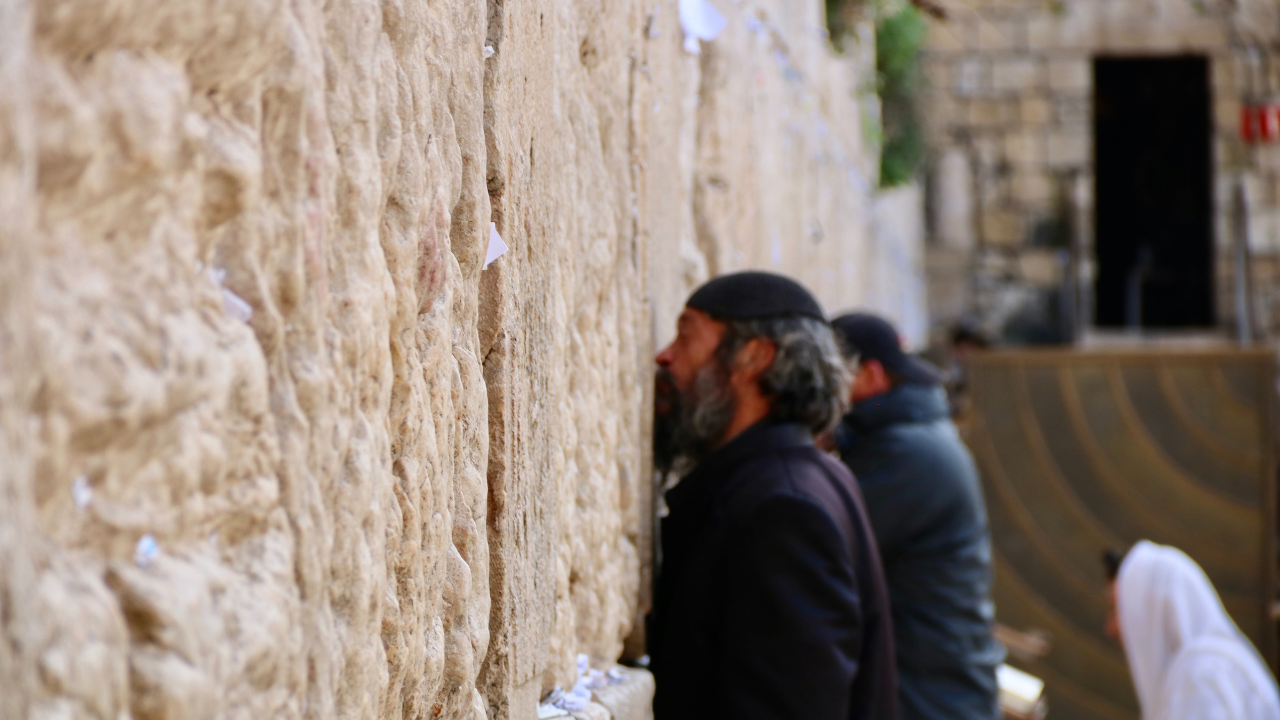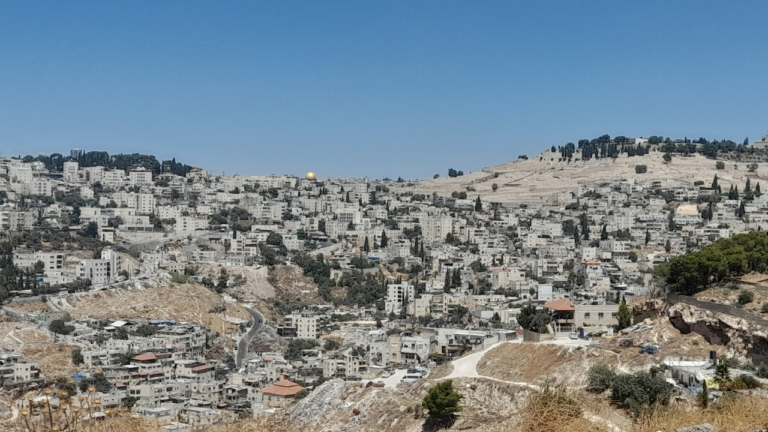Seeing the Good of Jerusalem
In the beginning of one of his attempted curses, Bilam refers to himself as setum ha-ayin. The word setum is not easily translated and the commentators debate if this means that his eye was closed or open. The Or HaChaim explains that Bilam had the capacity to damage via his gaze. When he wanted to simply look at something without damaging it he would have to close this specific eye. Alternatively, when he wanted to cause damage, he would open the eye and use its evil powers to damage the object of sight.
The picture that the Or HaChaim paints about Bilam is the literalization of the Mishna’s description of Bilam: “An evil eye, a haughty spirit, and a large appetite – this person is from the students of Bilam.” Many explain that “evil eye” refers to a pessimistic outlook on life. Bilam had a unique capacity to always see the bad in people and events. The Or HaChaim is adding that due to Bilam’s unique spiritual powers, his negative perspective caused real damage.
In contrast to Bilam, we are supposed to be from the students of Avraham who possess a “good eye.” This refers to the ability to see the good and positive in all situations.
Many people think that pessimistic thinking is justified. The world is a difficult place and there is much tragedy and need of fixing. Accordingly, isn’t a pessimistic attitude simply a reflection of a realistic perspective? The “evil eye” is not as much evil as realistic?
The great Chassidic Masters respond that such a view of reality flows from a shallow perspective. A more contemplative approach, though, realizes that the world is a fundamentally positive place. When God created the world, he declared His handiwork to be “good” and nothing has fundamentally changed from that point onwards. It is our responsibility to see the essential goodness of the world and to work to grow and expand this inner point.
The city of Yerushalayim helps us gain this truer perspective on the world. In Tehillim, Dovid prays that “God should bless you from Zion and may you see the good of Yerushalayim all the days of your life.” On a simple level, “the good of Yerushalayim” refers to manifest blessings such as material security and the peaks of spirituality. However, Rabbi Yosef Chaim Sonnenfeld explained that this verse also contains a key lesson for the proper perspective about the city. One should strive to only “see” or to focus on, the “good of Yerushalayim.”
Much might happen in the city that is improper. We cannot ignore problems but rather must actively try to fix them. Nonetheless, our focus should always be to see the good of Yerushalayim. In the city that houses the Divine Presence we can more easily tap into the truer and more godly perspective of seeing the city and its inhabitants in a fundamentally positive manner. Then, slowly but inexorably, the “good of Yerushalayim” will spread to the entire globe.



